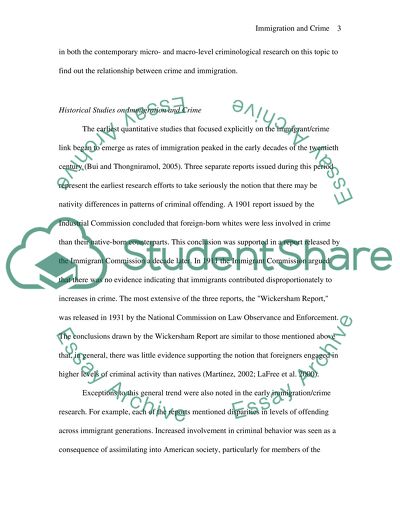Cite this document
(“Relationship between legal immigration and drug crime Dissertation”, n.d.)
Retrieved from https://studentshare.org/family-consumer-science/1411914-relationship-between-legal-immigration-and-drug
Retrieved from https://studentshare.org/family-consumer-science/1411914-relationship-between-legal-immigration-and-drug
(Relationship Between Legal Immigration and Drug Crime Dissertation)
https://studentshare.org/family-consumer-science/1411914-relationship-between-legal-immigration-and-drug.
https://studentshare.org/family-consumer-science/1411914-relationship-between-legal-immigration-and-drug.
“Relationship Between Legal Immigration and Drug Crime Dissertation”, n.d. https://studentshare.org/family-consumer-science/1411914-relationship-between-legal-immigration-and-drug.


